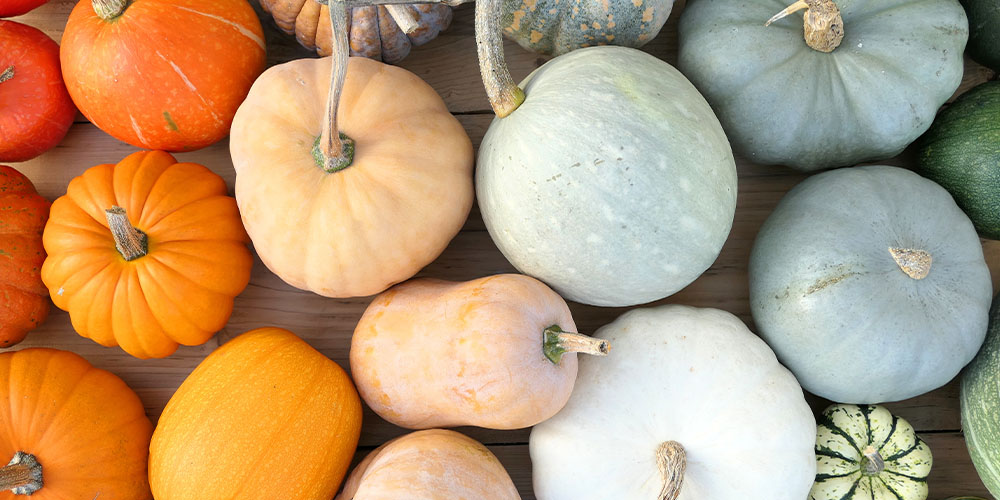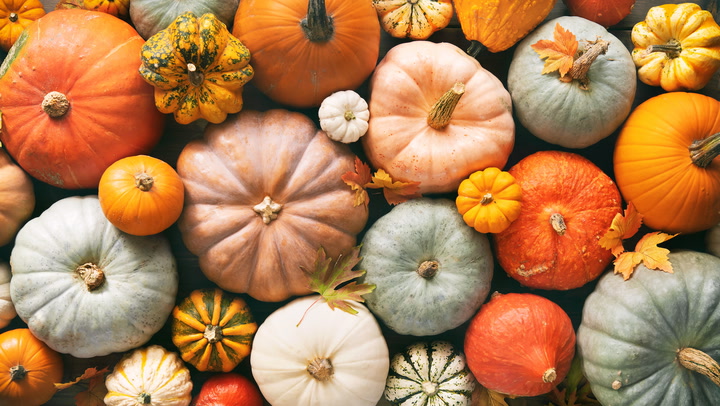The Versatile Fall Fruit
Pumpkins are a staple of the fall season, and for good reason. They’re delicious, versatile, and nutritious. But did you know that it’s a good source of vitamins, minerals, and antioxidants? In this blog post, we’ll take a closer look at the health benefits of it, as well as some tips on how to choose, prepare, and cook it.

What is a pumpkin?
Pumpkins are a type of winter squash that is native to North America. They are typically round and orange, but they can also be yellow, green, or even white. It’s varied in size, with some weighing just a few pounds and others weighing over 100 pounds.
Nutritional value of pumpkins
Vitamins, minerals, and antioxidants are all present in good amounts in pumpkins. The nutrients listed below are found in one cup of cooked
- Vitamin A: 200% of the daily value
- Vitamin C: 20% of the daily value
- Potassium: 10% of the daily value
- Fiber: 4 grams
- Calories: 49
Pumpkins also contain antioxidants such as beta-carotene and lutein, which have been shown to protect against chronic diseases such as heart disease, cancer, and macular degeneration.
Health benefits of pumpkins

It offers a number of health benefits, including:
- Improved eye health: The vitamin A in pumpkins is essential for good vision. Vitamin A helps to protect the cornea and maintain healthy night vision.
- Reduced risk of heart disease: The potassium in pumpkins helps to lower blood pressure and reduce the risk of heart disease.
- Improved digestion: The fiber in pumpkins helps to regulate digestion and prevent constipation.
- Boosted immunity: The vitamin C in pumpkins helps boost the immune system and fight off infection.
- Reduced risk of cancer: The antioxidants in pumpkins may help protect against cancer.
How to choose, prepare, and cook pumpkins
Look for a firm with smooth skin when selecting one. Steer clear of pumpkins with imperfections or squishy places.
To prepare a pumpkin, cut it in half lengthwise and remove the seeds and pulp. You can either roast it halves, steam them, or boil them.
To roast a pumpkin, preheat the oven to 400 degrees Fahrenheit. Place it on a baking sheet and drizzle with olive oil. Season with salt and pepper to taste. Roast it for 30–40 minutes, or until it is tender.
To steam a pumpkin, place the halves in a steamer basket and steam over boiling water for 15-20 minutes, or until tender.
To boil a pumpkin, place it in a pot of boiling water and boil for 10–15 minutes, or until tender.
Pumpkin recipes
It can be used in a variety of recipes, including soups, stews, pies, breads, and desserts. Here are a few ideas:
- Pumpkin soup: This classic fall soup is made with pureed pumpkin, broth, and spices. It’s a delicious and easy way to warm up on a cold day.
- Stew: This hearty stew is made with pumpkin, beef, and vegetables. It’s a fantastic way to use up leftover squash.
- Pie: This classic Thanksgiving dessert is made with pumpkin, sugar, eggs, and spices. It is a necessity for any holiday meal.
- Bread: This moist and flavorful bread is made with pumpkin, flour, sugar, eggs, and spices. It’s a great way to enjoy it in a new way.
- Cheesecake: This decadent dessert is made with pumpkin, cream cheese, sugar, and eggs. It’s a surefire crowd-pleaser.
Conclusion
Pumpkins are a delicious, versatile, and nutritious fruit. They offer a number of health benefits, including improved eye health, a reduced risk of heart disease, improved digestion, boosted immunity, and a reduced risk of cancer. It can be used in a variety of recipes, including soups, stews, pies, breads, and desserts.
 LivemintUSA All the news in one place
LivemintUSA All the news in one place


2 comments
Pingback: Is a pumpkin a vegetable or a fruit? Pumpkin, Fruit, Gourd - LivemintUSA
Pingback: 5 BEST Health Benefits of Purchasing Frozen Blueberries Rather Than Fresh - LivemintUSA